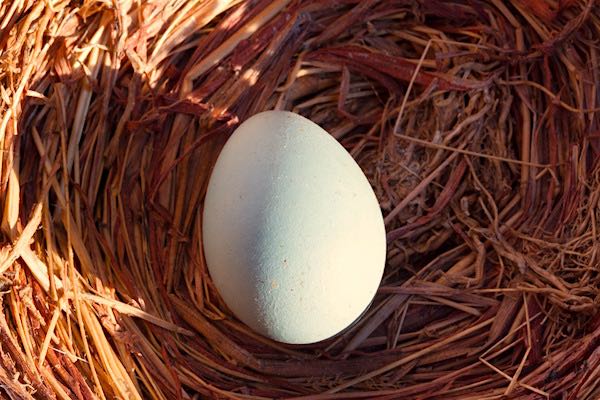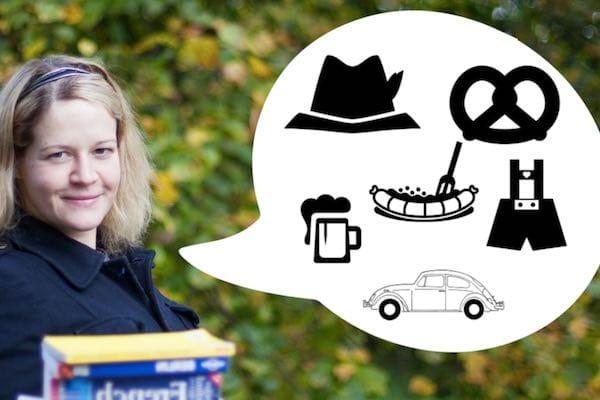Les Allemands, the Germans, i Tedeschi
Guest post by Kerstin Cable of fluentlanguage from the 10th of August 2015
There is a reason the Germans and Germany go by different names in different languages. When you travel to our country, you’re always travelling to a specific region too.
When you want to learn German, what does that historic heritage mean for you?
The German you are learning in online classes and textbooks is our standard dialect called Hochdeutsch and will help you understand the language anywhere. But did anyone mention the 26 dialects? Beyond distinct identities, our different regions also speak different dialects. Some vary so strongly from German that it becomes almost impossible to make out what we are saying even for other native Germans.
Once you get down to speak to a native speaker, perhaps in conversation training or in lessons, you’ll quickly realize that they do things a little differently. A rolled R or a curious idiom are all parts of the many German dialects. To find out where exactly you are, you don’t even need to ask your conversation partner. Their language alone is going to give it away.
In this article, let me introduce you to some of the most remarkable signs of German dialects.
1. How did your friend greet you?
In order to discover if your conversation partner is going to be using a strong dialect at all, take their greeting as a clue. Young people often greet with “hi!” and very formal environments ask for a “Guten Tag”, but beyond that the local colours come out to play.
The area around Hanover is famous for employing the clearest German in Germany and regarded by many other native speakers as accent-free. Going further South, the regional varieties become stronger and stronger, but Eastern Germany and Friesland also hold their own.
As a rule of thumb, the more rural your environment, the more obvious the speaker’s local dialect will be. Look out for the following ways of saying hello from the different regions:
- Moin in Hamburg
- Un? in the Mosel Valley
- (G’n) Tach in the Rhineland
- Servus in Bavaria
- Grüß dich in various Southern regions and Grüezi in Switzerland
- “…..” in Berlin (they have a reputation for not greeting at all!)
2. Listen to the R
German dialects run through the whole range of what a speaker can do with the R. The North gives it a gentle roll, such as when a Hamburger speaks of the steife Brise. The middle doesn’t really do much and reverts to the “French R”, a gentle sound created at the back of the mouth. And finally there’s the South: Bavaria, Austria…that’s the rolled R as you know it from the movies.
So if you want to produce an authentic German R, don’t worry about rolling or not rolling. Just don’t round your lips like you do in English and you’ll be on your way.
3. What’s for lunch?
The regions don’t just vary in language and landscape, but also feature their very own interpretations of German cuisine. Traditionally, Germans eat a warm lunch as their main meal of the day. But at any time of the day you can find something very regional. This map from zeit.de shows what’s for lunch where.
I also love this German bread bun map from Zeit.de, showing the many identities of a Brötchen.
So next time you’re on a trip to the German restaurant, can you spot the authentic food beyond Schnitzel and Bratwurst?
4. A drink to go with that
Here’s a shocker: Germany may have a reputation as one of the true places of beer love, but not all Germans are beer drinkers. In fact, I think there’s something we love doing more than anything else when it comes to fizzy drinks. No matter if they’re alcoholic or not, your German, Austrian and Swiss friends will mix them together with gusto. This leads to fantastical creations like the filling Bananenweizen (wheat beer with banana juice) and refreshing Berliner Weiße (beer with raspberry syrup).
So if you want your German friends to reveal where they grew up, it takes nothing more than a trip to the nearest pub. Drink words are another giveaway to show you where someone is from.
Here are a few examples:
- Words for sparkling water: Sprudel, Sprudelwasser, Wasser, Selters
- Words for lemonade: Limo, Kracherl, Sprudel (confusing, much?!), Brause, Alsterwasser
- Words for coke and lemonade mix drinks (yes, really): Diesel, Spezi, kalter Kaffee, Mexikaner
- Words for beer-based drinks: Alsterwasser, Radler, Berliner Weiße, Panaché, Russe, Pots
- Words for wine-based drinks: Schorle, Arbeitersekt, G’spritzter, saurer Gespritzter
If all that language has your head spinning, it’s simple to return to “normality”: Just switch on the evening news for a friendly “Guten Abend, meine Damen und Herren.”
And if you’re excited about learning German, I would love to invite you to join the VIP list for my new German course.
The list includes a completely free email series, guiding you through the most important points that you need to know so you can lose your accent, speak German with confidence and master every sound.
————-
Kerstin is a native German speaker and has lived in the UK since 2003. She’s passionate about languages and has studied 7 languages. Kerstin is the lady behind the popular Fluent Language blog and has created Speak German like a Nativefor German learners, a course that focuses on helping learners develop better pronunciation and accent in German.
Also try out her free 7-day email series to boost your pronunciation skills at fluentlanguage.


